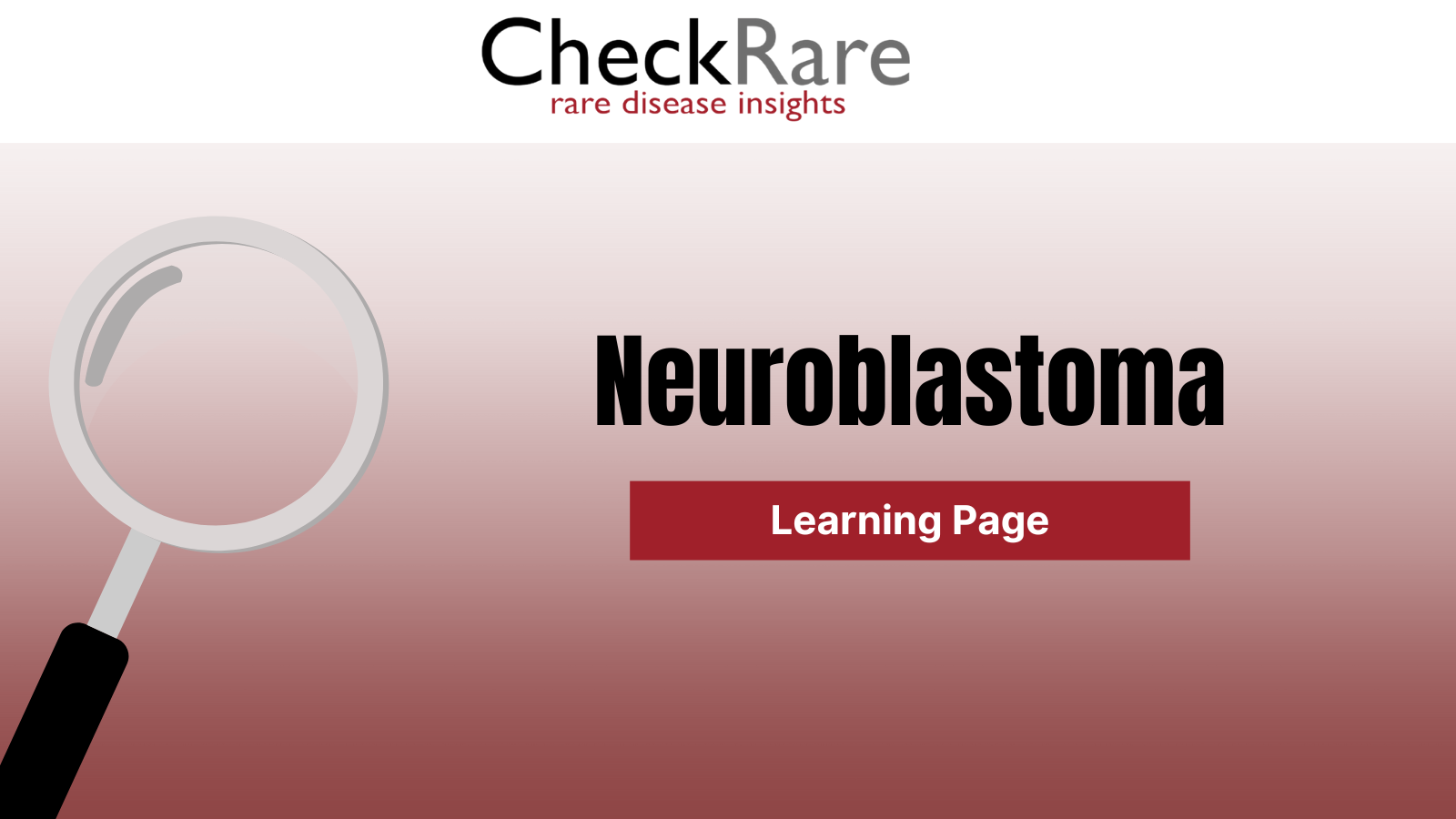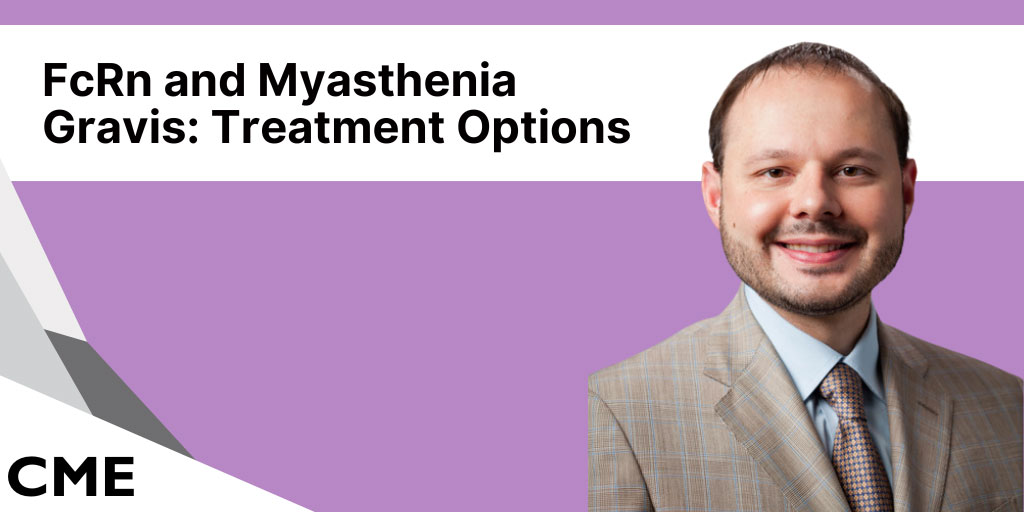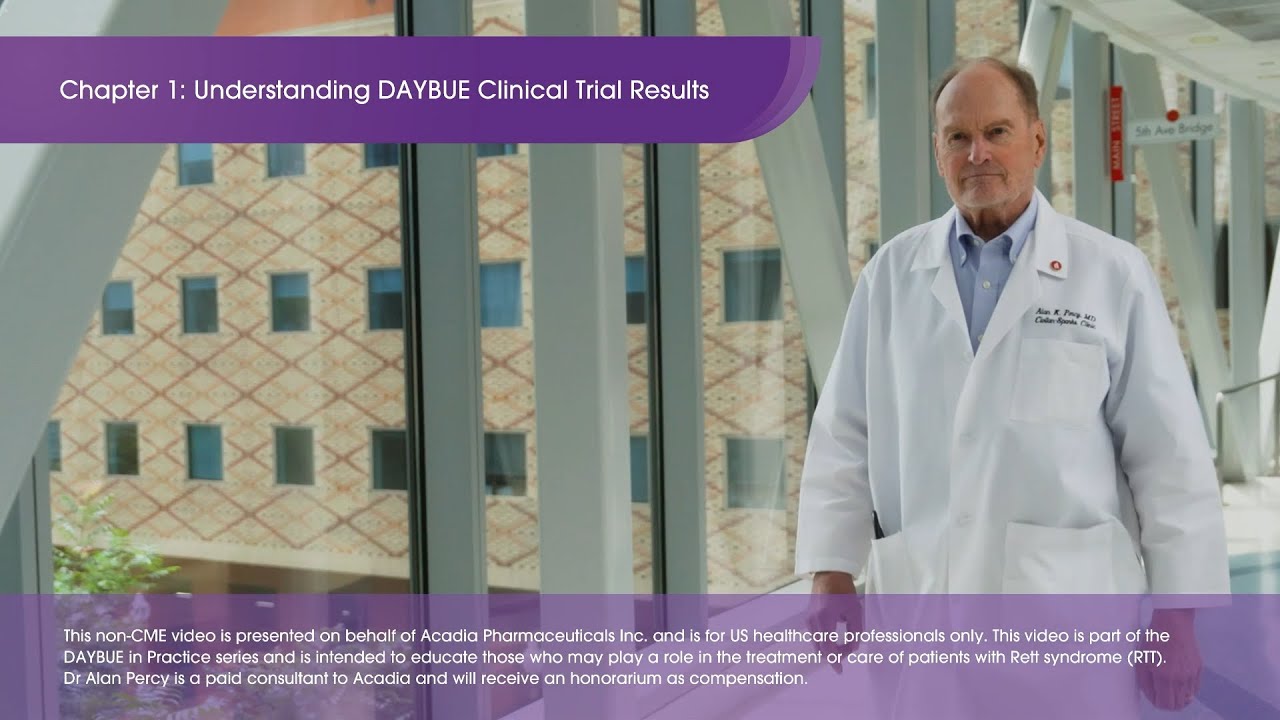Neurology and Nervous System Diseases
Rare neurological disorders are diseases of the brain, spine, and autonomic nervous system. This section provides overviews of several of those conditions, as well news, clinical trial updates, and expert opinions form leading neurologists.
Results of the BUTTERFLY Clinical Trial in Pediatric Patients With Dravet Syndrome
Current Status of Gene Therapy in Lysosomal Storage Disorders
FDA Approves Uplizna for the Treatment of Generalized Myasthenia Gravis
Catching the Clues, Changing the Course of Lysosomal Storage Disorders
FDA Approves Intrathecal Gene Therapy for Patients with Spinal Muscular Atrophy
The Use of Nipocalimab in Adolescent Patients With Generalized Myasthenia Gravis
EPIC Clinical Trial Design: Evaluating Nipocalimab Versus Efgartigimod in Patients With Myasthenia Gravis
Efficacy of Nipocalimab in Generalized and Ocular gMG: Long-Term Outcomes and Phase 3 VIVACITY-MG3 Findings
FDA Approves Selumetinib to Treat Patients With Neurofibromatosis Type 1
Updates to Prescribing Information for Elevidys in Treatment of Duchenne Muscular Dystrophy
Recent Videos
Social Wall
Chapter 8: Gene Therapy Discussion and Q&A
Chapter 7: Changes in Gene Therapy Programs to Lessons Learned from Recent Trials
Chapter 6: Understanding and Preparing Risk Factors Associated With AAV Gene Therapies
Chapter 5: Factors Impacting Safety and Efficacy of AAV Mediated Gene Therapies
Ch 4: Clinical Safety and Efficacy Observed in AAV Mediated Gene Therapy Programs in DMD, SMA, XLMTM
Chapter 2: AAV Mediated Gene Therapies
Chapter 7: Ongoing Gene Therapies in Lysosomal Disorders
Chapter 6: Gene Replacement Therapy in Lysosomal Disorders
Chapter 7: Ongoing Gene Therapies in Lysosomal Disorders
Chapter 6: Gene Replacement Therapy in Lysosomal Disorders
Chapter 5: Current Treatment Landscape and Limitations
Chapter 4: Lessons Learnt from Gene Therapy Trials
Chapter 3: Immune Responses and Other Safety Concerns Related to Gene Therapies
Chapter 1: Lysosomal Disorders and the Potential for Gene Therapies
Chapter 2: Vectors, Different Strategies, Modes of Administration, and Targets
Chapter 5: Current Treatment Landscape and Limitations
Chapter 4: Lessons Learnt from Gene Therapy Trials
Chapter 3: Immune Responses and Other Safety Concerns Related to Gene Therapies
Chapter 2: Vectors, Different Strategies, Modes of Administration, and Targets
Broader Dosing Ranges of Skytrofa Now Available for Growth Hormone Deficiency

Neuroblastoma
Neuroblastoma is a rare childhood cancer, but it is the most common extracranial solid tumor in children. It is a neuroendocrine tumor that originates in neuroblasts or neural crest progenitor cells.

Optimizing the Efficacy and Safety of Therapy for Fabry Disease
Fabry disease is an inherited disorder that results from the buildup of a particular type of fat in the body’s cells, called globotriaosylceramide or GL-3. The disorder affects many parts of the body.

FcRn and Myasthenia Gravis: Pathophysiology
Richard J. Nowak, MD, MS, explains the role of neonatal fragment crystallizable receptor (FcRn) in myasthenia gravis (MG).

Rett Syndrome
Rett syndrome is a multisystem disorder that primarily affects girls. Only in rare cases are boys affected (who may experience more severe symptoms). Multiple loss-of-function mutations to the MECP2 gene are the cause of Rett syndrome.

FcRn and Myasthenia Gravis
This half-hour CME-accredited program, hosted by Richard J. Nowak, MD, MS, explains the role of neonatal fragment crystallizable receptor (FcRn) in myasthenia gravis (MG) and how treatments that target FcRn are being used to manage patients with MG.

Epigenetic Modifiers as Therapeutic Targets
Gaucher disease (GD) is a genetic disorder in which glucocerebroside accumulates in cells and certain organs. The disorder is characterized by bruising, fatigue, anemia, low blood platelet count and enlargement of the liver and spleen, and is caused by a hereditary deficiency of the enzyme glucocerebrosidase, which acts on glucocerebroside.

FcRn and Myasthenia Gravis: Treatment Options
Richard J. Nowak, MD, MS, discusses the safety and efficacy of neonatal fragment crystallizable receptor (FcRn)-directed therapies for patient with myasthenia gravis.

Watch the DAYBUE® (trofinetide) in Practice Video Series to Hear Expert Insights on the First Treatment for This Rare Disease
Rett syndrome thought leaders discuss how DAYBUE® (trofinetide), the first and only FDA-approved treatment for Rett syndrome in adults and pediatric patients 2 years of age and older, plays a role in their patients’ treatment plans, while shedding light on their personal experiences with DAYBUE in their practices.





Ch 4: Clinical Safety and Efficacy Observed in AAV Mediated Gene Therapy Programs in DMD, SMA, XLMTM
CheckRare 5 hours ago